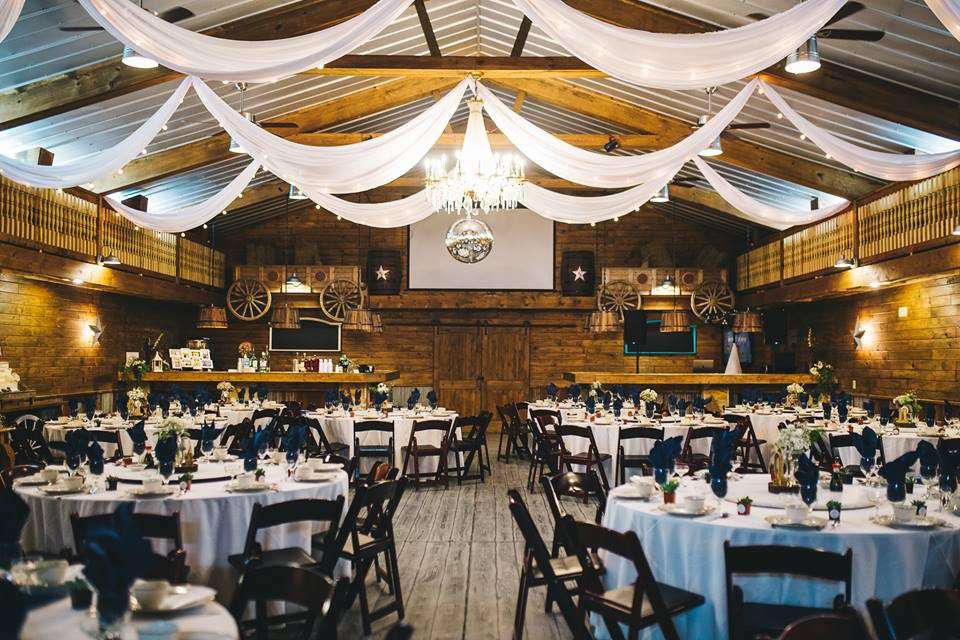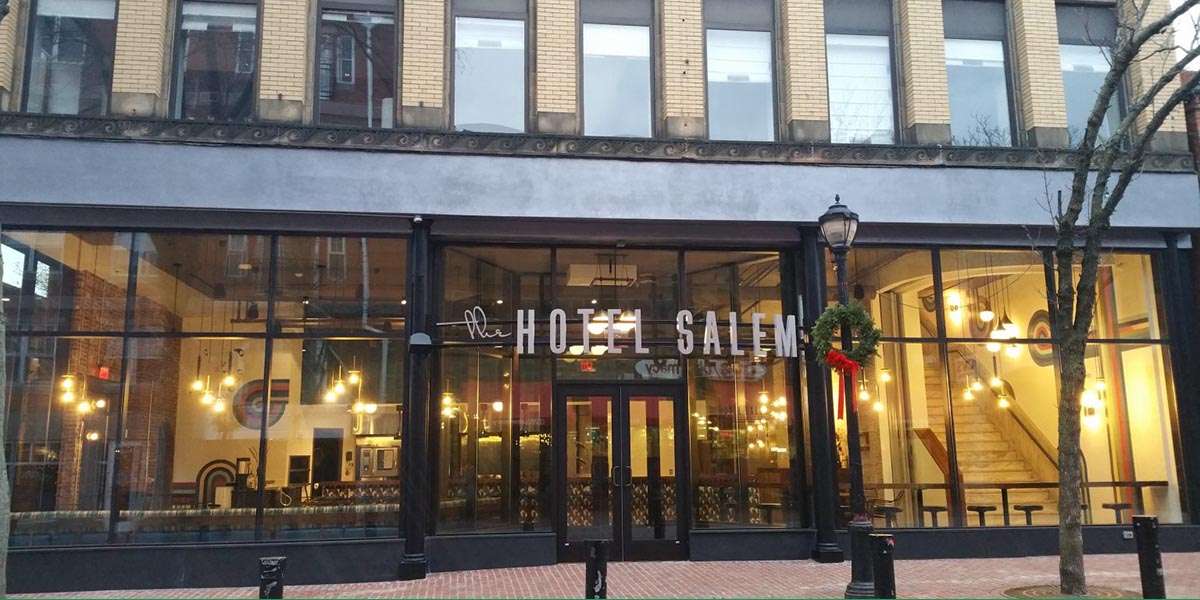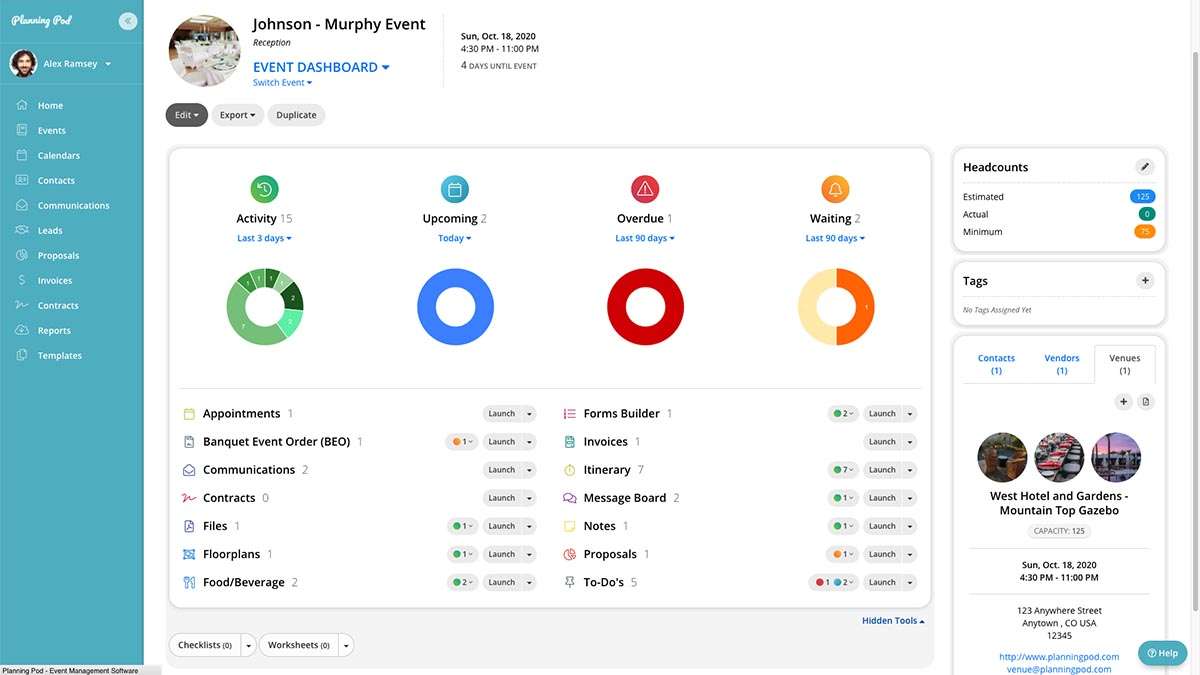Never, ever rely on cell phone towers or standard WiFi in hotel common areas to carry the load for your whole event
This is a rookie mistake that even most rookies avoid, and if you go this route, you are only asking for anger and bile from your attendees. Don't try to save money and skimp on WiFi coverage if you know your attendees are going to be relying on it to stay connected and participate at the event. Instead, include dedicated event WiFi coverage as a line item in your initial budget and explain to your clients of the importance of dedicated WiFi for events such as theirs.Assess how people will be using devices/technology and how many users you will have
These days, even wedding guests are on their smartphones and thus require a solid wireless connection, and their usage pales in comparison to larger events or events in the tech industry, which could grow into the hundreds or thousands of megabits per second (Mbps - a standard measure of data transfer). The first order of business is to determine how many actual users you will have - this includes attendees, vendors, contractors, exhibitors and event staff. A good rule of thumb for determining how much bandwidth you need is to allow for 8-12 Mbps per 100 users for high-usage groups and 2-3 Mbps per 100 users for lower usage groups. So how do you determine whether your crowd is high- or low-usage? You first need to look at who will be your users of technology and how much will they use. Are your attendees just going to need WiFi for general usage (like Web browsing, social media, apps)? Are they going to be loading low-resolution or high-resolution video (which sucks up tons of bandwidth)? Are they going to be super users who have lots of devices and open applications that are bandwidth hogs? The type of event and types of attendees are definitely things that you will need to asses upfront. In addition, there may be other users who require more bandwidth than attendees, like your AV or IT staff as well as your vendors and exhibitors (who also may be streaming lots of video at their booths). Any mission-critical applications that attendees will need to use during the event (like event-branded apps, bidding apps or polling apps) will also dictate bandwidth needs, and you will also need to accommodate for peak usage times (like during breaks when people check their email and phones or during keynotes when users are asked to use their devices to participate). Finally, you also need to consider how many devices your users will be using at the event. Many people at conferences and trade shows have a smartphone, tablet and computer in tow and may be accessing the WiFi on all three devices simultaneously (for those of us with three hands). For example, if you have a conference-type event of 800 attendees, you may need to plan on 2,400 simultaneous connections. Some Internet Service Providers (ISPs) and event WiFi providers have the ability to limit the bandwidth of individual attendees or the number of devices they can simultaneously use, so that is something worth considering to keep costs down.Plan and manage all your event details - including your WiFi details, budgets and contracts - with Planning Pod's more than 2 dozen event management tools and venue management solutions. Discover why hundreds of event professionals rely on Planning Pod every day ... try it free for 14 days.








